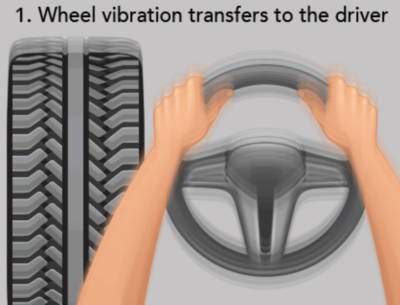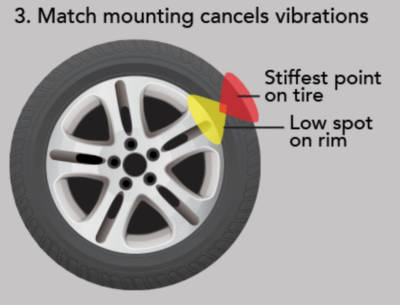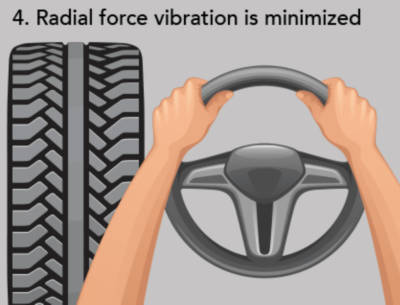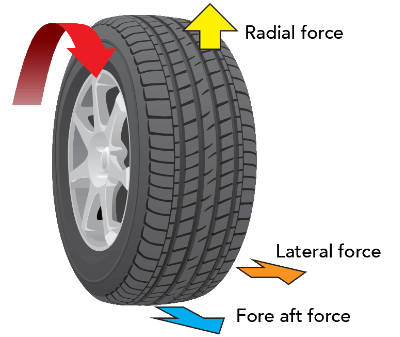Whether you drive a small sedan or a turbocharged supercar, increased horsepower, efficiency and overall performance have created a demand for more responsive equipment. This has inevitably led to tighter suspension, larger rims and tires with shorter sidewalls, even on basic passenger cars.
In the past, 15'' rims were the average wheel size. Today, the average wheel size has leaped upward to around 18 inches. And many cars come off the lot with wheels as big as (if not bigger than) 22''.
This larger rim size and shorter tire sidewall combo typically provide crisp handling and responsive performance. But enhanced handling doesn't happen without compromise. These features make vehicles more sensitive to vibration forces.
For the most part, standard balancing is effective in addressing vibration problems. But when vibration issues persist, there may be an alternative solution.
What causes vibration issues?
To better understand, let's talk about what causes vibration issues.
If you've had your tires and wheels balanced but still have ride issues, there may be other things at play, and it's all a natural part of how tires and wheels are made.
Wheel and tire manufacturing is very precise but the nature of creating an object that is an exact and perfect circle can be quite a challenge. Naturally, some inconsistencies in weight, stiffness and balance are inevitable. Called lateral or radial runout, these inconsistencies are low or high points in wheel and tire construction.
Additionally, some tires may have a spot that's stiffer than the rest of the tire. This condition is called force variation. Runout and force variation can cause noticeable ride vibrations. If standard balancing isn't providing the smoothest ride, runout or force variation may be the real culprits.
We can try to address the issue using either match mounting or road force balancing.
What is Match Mounting and Road Force Balancing?
A common solution to issues like lateral or radial runout and force variation is match mounting.
Tire technicians mount a tire and wheel assembly together and align a marked point on the tire with a marked spot on the wheel. If there aren't any marked spots on the wheel, they align the tire with the valve stem. This aligns the high spot in the tire with the low spot in the wheel.
However, this process isn't the most effective, because wheels aren't always marked, and the valve stem is no longer guaranteed to be the low point in the wheel. Wheels have become more complex, making the valve stem placement cosmetic as often as it is strategic.
Although match mounting can still produce positive results, the most reliable process to address these issues is road force balancing.




One of the many tire services we offer, road force balancing, sometimes called ride matching, is the most effective way to resolve runout or force variation vibrations.
Here's how it works: a road force tire balancer uses a load-roller to simulate the force of the road and gather data on the combined uniformity of a wheel and tire package.
Road force balancers measure the force variation and runout of the whole wheel and tire assembly. It also measures the radial and lateral runout of the wheel and tire individually, providing a more accurate picture of how your tire and wheel combo are working together.
The road force balancer then tells the tire technician what steps to take to compensate for any inconsistencies. This may include simply adding weights or even remounting the tire and wheel.
A variety of factors might cause ride vibrations. While road force balancing can help solve vibration issues, we typically recommend it only if standard balancing proves ineffective.

If neither standard balancing nor road force balancing address the issue, it might not be your tires and wheels causing the vibrations.
If you're ready to get your tires balanced or have any other tire and wheel service needs, we've got you covered. Stop by any of our America's Tire locations and we'll get you taken care of! Customers who buy and book online save time in-store!
